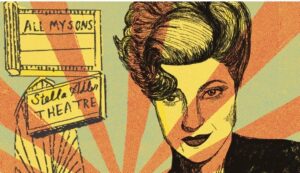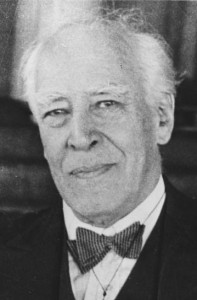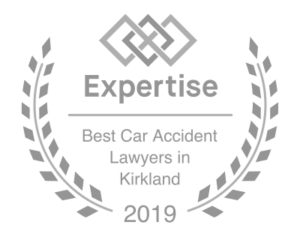These are books helped me be a better trial lawyer:
Red Badge of Courage. Stephen Crane’s classic short novel about Henry Fleming a young Yankee Soldier in the Civil War is a lesson in overcoming fear. I always have some fear of trial because of the unknown. As a trial lawyer I must be like Henry Fleming in Red Badge of courage and overcome fear going into trial.
Catcher in the Rye. In trial pretense is death. No one knows a “phony” better than Holden Caulfield. J.D. Salinger’s best novel reminds me of the importance of staying true to myself and the good and bad of my case.
On the Road. Here I met Dean Moriarty and learned the importance of appreciating the uniqueness of each client. Dean is up and Dean is down. Dean stands for adventure. Dean reminds me each case is an adventure with my client.
To Kill a Mockingbird. This one hit wonder of Harper Lee reminds me to stand tall against overwhelming odds. I prepare for trial, I believe in my case, accept the possibility of defeat, give my best effort, and never quit on myself. The movie version of the book with Gregory Peck as Atticus Finch is a bonus where I see how a trial lawyer carries and conducts themself.
The Last Trials of Clarence Darrow. Donald McRae’s 2009 book covering Clarence Darrow’s last big cases gives me insight on how the greatest early trial lawyer in American history prepared for and tried his cases. Like Darrow I immerse myself in the case, memorize poems and theme lines, throw away my notes, and try the case from my heart.
Honor Killing. Clarence Darrow is in the second trial covered in this non- fiction historical piece. The hereo is not Darrow. The hero is the State of Hawaii, and the Hawaii Bar Association. Honor killing made me proud to be a trial lawyer standing for justice despite what those outside (who usually know little of the truth) may say or print.
Seabiscuit. A wonderful sports book about a horse. Seabiscuit taught me to accept who I am, do the best with what I have, and this may be lights out good. The saying you can’t judge a book by it’s cover applies to horses and lawyers.
Bury My Heart at Wounded Knee. as a trial lawyer I stand for justice. I represent the little guy against big corporations. I care about protecting the rights of those who need protection. When I read how American Indians were treated by our ancestors, in this non-fiction work by Dee Brown written from the American Indian perspective, I am reminded how important it is to advocate for the less powerful.
The Autobiography of Malcolm X. All trial lawyers, especially young trial lawyers, will gain perspective from the 1960s and race in America from The Autobiography. This book impacted me years ago and it still impacts me today.
Seven Story Mountain. I have a spiritual life. A spiritual life makes me a a deeper person and a better lawyer. Thomas Merton’s biography took me on Merton’s spiritual journey about how the greatest Christian mystic of the 20th century evolved. Like William James, Merton has little use for fundamentalism. Spiritual life is found by the individual, and is beyond doctrine..
Post Footer automatically generated by Add Post Footer Plugin for wordpress.


 I live, yet not I, but God liveth in me. Only when I become as nothing can God enter in and no difference between God and me remains.
I live, yet not I, but God liveth in me. Only when I become as nothing can God enter in and no difference between God and me remains.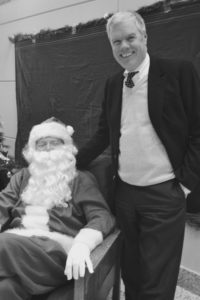 In Washington I am a member of a plaintiff association of trial lawyers initially called Washington State Trial Lawyers Association. Several years ago our organization changed its name to Washington State Association for Justice. This is because most of the people we represent do not end up in trial. What we do is:
In Washington I am a member of a plaintiff association of trial lawyers initially called Washington State Trial Lawyers Association. Several years ago our organization changed its name to Washington State Association for Justice. This is because most of the people we represent do not end up in trial. What we do is: Malcome Gladwell says we form our first impression within seconds (two seconds to be exact). He points to studies showing not much difference between a first impression based on seconds and an impression based on prolonged exposure. (See What the Dog Saw).
Malcome Gladwell says we form our first impression within seconds (two seconds to be exact). He points to studies showing not much difference between a first impression based on seconds and an impression based on prolonged exposure. (See What the Dog Saw).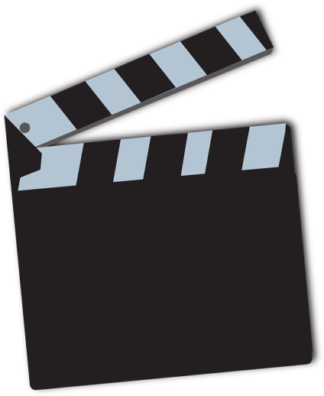
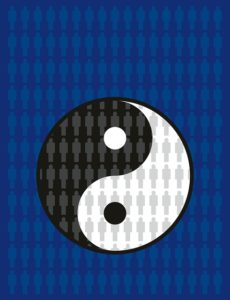 T’ai Chi theory teaches we have capacity beyond what is commonly believed. We are capable of a higher level of achievement. Boundaries or rails on higher achievement come from restrictions or barriers we place on our capability “One reaches the ultimate level, or develops in that direction, by means of the ladder of balanced powers and their natural motions-Yin, the negative power (yielding), and Yang, the positive power (action).” Waysun Liao, The Essence of T’ai Chi, (Shambhala 2007) at 6.
T’ai Chi theory teaches we have capacity beyond what is commonly believed. We are capable of a higher level of achievement. Boundaries or rails on higher achievement come from restrictions or barriers we place on our capability “One reaches the ultimate level, or develops in that direction, by means of the ladder of balanced powers and their natural motions-Yin, the negative power (yielding), and Yang, the positive power (action).” Waysun Liao, The Essence of T’ai Chi, (Shambhala 2007) at 6. 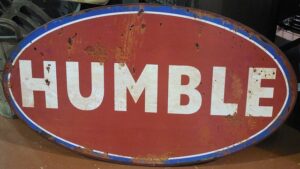 According to Thomas Merton “[t]rue humility excludes self-consciousness… .” Thomas Merton, Seeds of Contemplation at 112 (New Directions 1949).
According to Thomas Merton “[t]rue humility excludes self-consciousness… .” Thomas Merton, Seeds of Contemplation at 112 (New Directions 1949).